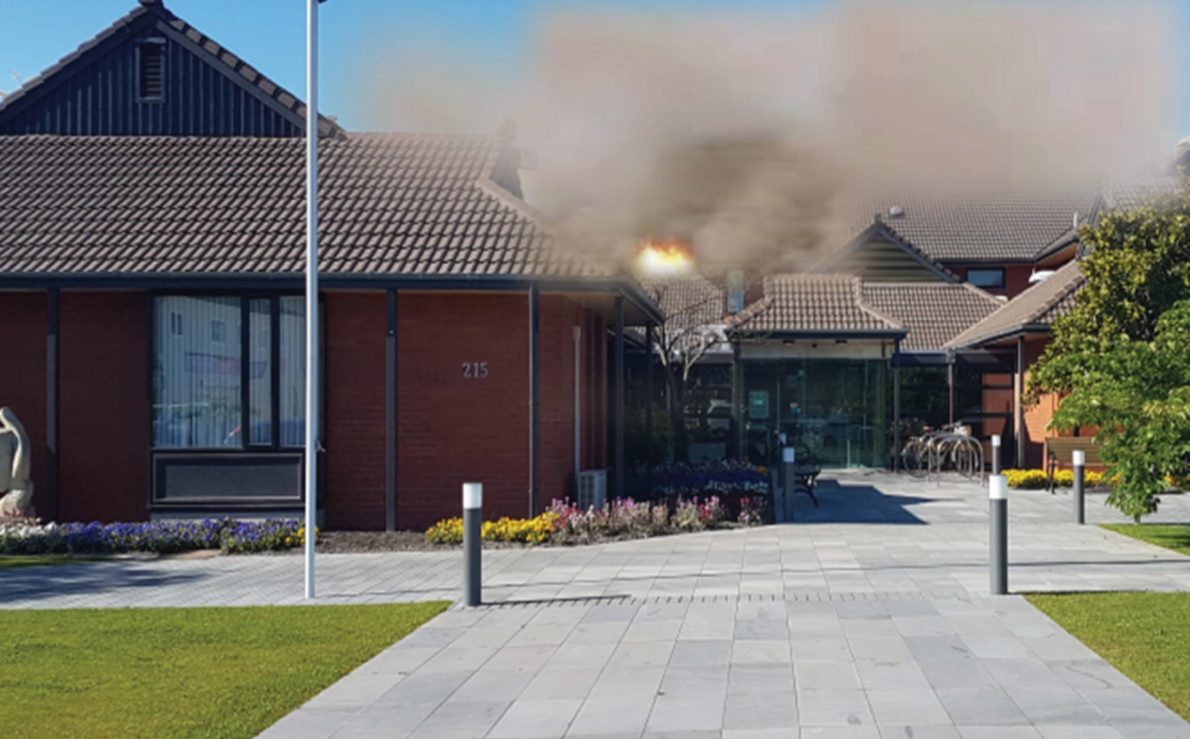Evacuating staff and running a realistic crisis exercise doesn’t need to interrupt business as usual. Kestrel’s Sandra Pedersen says it’s always a balancing act when designing crisis scenarios.
“We need to make the crisis as real as possible and we need to ‘test’ as many people and procedures as possible, but at the same time our clients still need to be running their business without disruption.”
A recent exercise with Waimakariri District Council achieved both objectives.
Jolanda Simon, Chief Information Officer, says Kestrel has been working with the Council for two years on business impact assessments, analysis and business continuity planning.
“Once we’d done that work we really needed to test it too – it’s no good just having the plan. It was a no brainer to get Kestrel in to run the exercise. Everyone had loved what they were doing.”
Council building evacuation
The scenario Kestrel devised was a fire in the old server room ceiling that had spread through the ceiling cavity. Fire alarms were activated and all staff (300 of them) were evacuated.
Jolanda says after the evacuation most staff went back to their work stations and carried on.
“The evacuation was really no different from our regular fire drills. We didn’t want to disrupt our customers, they are the most important thing to us, so we needed things like the library and front desk to still be operating.”
The majority of staff went back to work after the evacuation was completed while designated staff from different business units relocated to the Council’s alternate location to carry on with the exercise.
Two groups were formed with one focusing on business continuity and the other on crisis management.
Jolanda says the exercise highlighted some areas the business hadn’t considered previously.
Highlighted issues
“We’ve just finalised a project moving our servers to Infrastructure as a Service (IasS), which means our servers are now located in a data centre in Christchurch. In this scenario, with a fire in our main building, we were able to continue to access our information and files. But it highlighted the need for us to consider the same with our phone system that’s currently located on our premises. A fire like this would mean all the phones would go down demonstrating the need to look at a cloud-based solution for our phones.
“We also identified the need to have access to computers outside of our main building. Although we can still access all our computer files, if fire destroys all our computers, we need access to a ready supply of PCs somewhere outside of the building. This is something we can pre-plan for.”
The exercise also highlighted the need to look at other alternate locations and to identify which Council services need to be back up and running as quickly as possible, and which ones can wait a day or two.
“Feedback from the exercise was really positive, the management team and Chief Executive were rapt with how it went. It was worthwhile getting external eyes on it.
“Kestrel can ask the hard questions of our staff. They also have a really good understanding of local government, they know what works and they know what to suggest,” says Jolanda.

